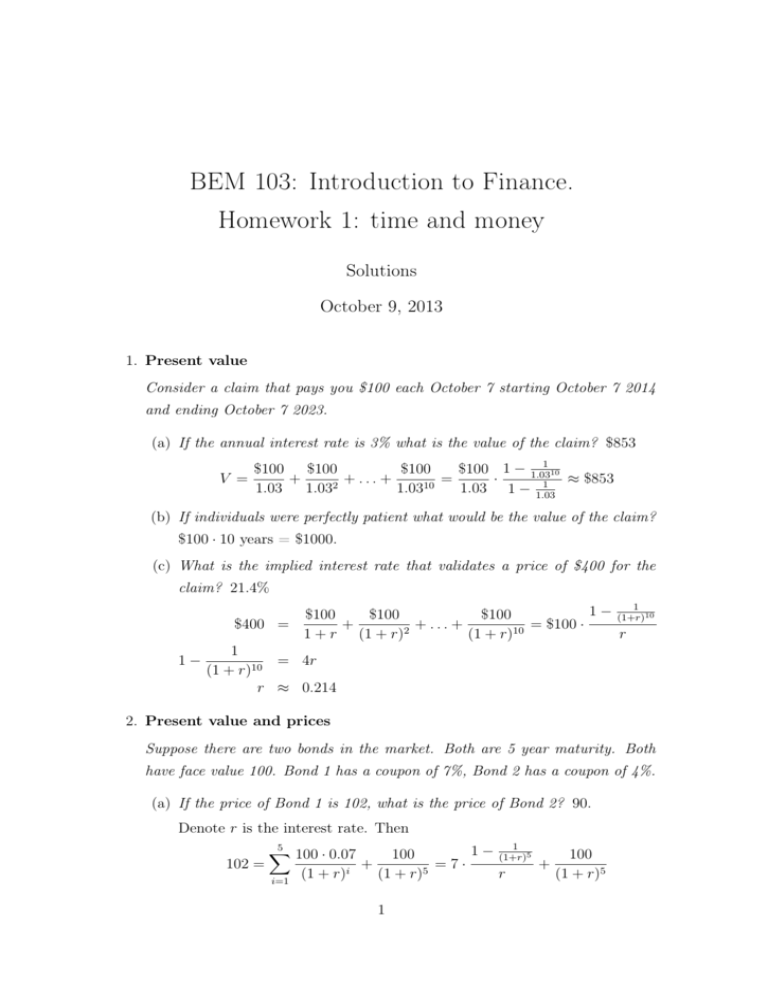A budget line, also known as a budget constraint, is a graphical representation of the trade-offs that an individual or household must make in order to allocate their limited resources among various goods and services. It reflects the maximum amount of one good or service that can be consumed for every unit of another good or service that is given up.
The budget line is determined by the prices of the goods and services being considered, as well as the individual's or household's income. For example, if the price of apples is $1 per pound and the price of oranges is $2 per pound, and an individual has an income of $10, they would be able to afford 10 apples or 5 oranges. This would be represented on a graph as a line that slopes downward from left to right, with the x-axis representing the number of apples and the y-axis representing the number of oranges.
The budget line allows individuals and households to make informed decisions about how to allocate their resources in order to maximize their utility, or satisfaction, from consuming different goods and services. For example, if an individual values apples more than oranges, they may choose to allocate a greater portion of their budget to apples and a smaller portion to oranges.
In addition to reflecting the trade-offs that an individual or household must make, the budget line can also be used to demonstrate the effects of changes in prices or income on consumption decisions. For example, if the price of apples decreases, the budget line will shift outward, allowing the individual or household to afford more apples and/or oranges. On the other hand, if their income decreases, the budget line will shift inward, limiting the amount of both apples and oranges that can be consumed.
Overall, the budget line is a useful tool for understanding the limitations and trade-offs that individuals and households face in allocating their resources among various goods and services. It helps individuals and households make informed decisions about how to allocate their resources in order to maximize their utility and achieve their consumption goals.








